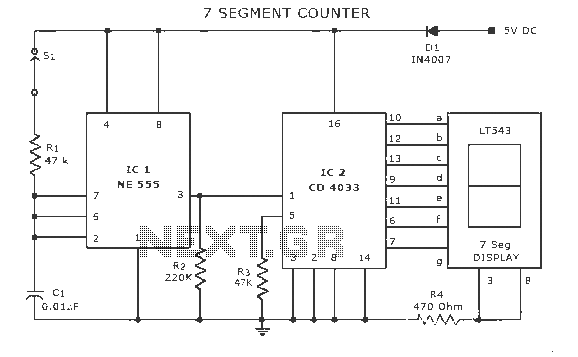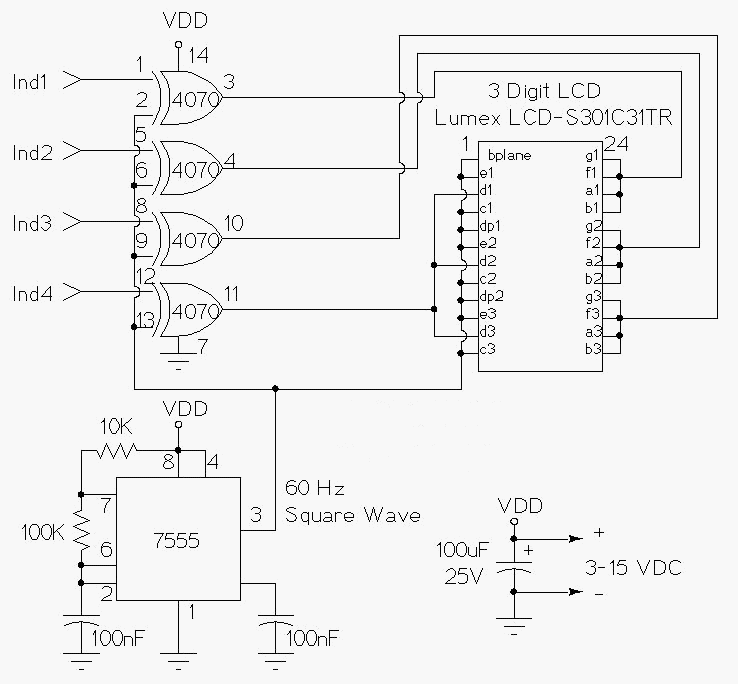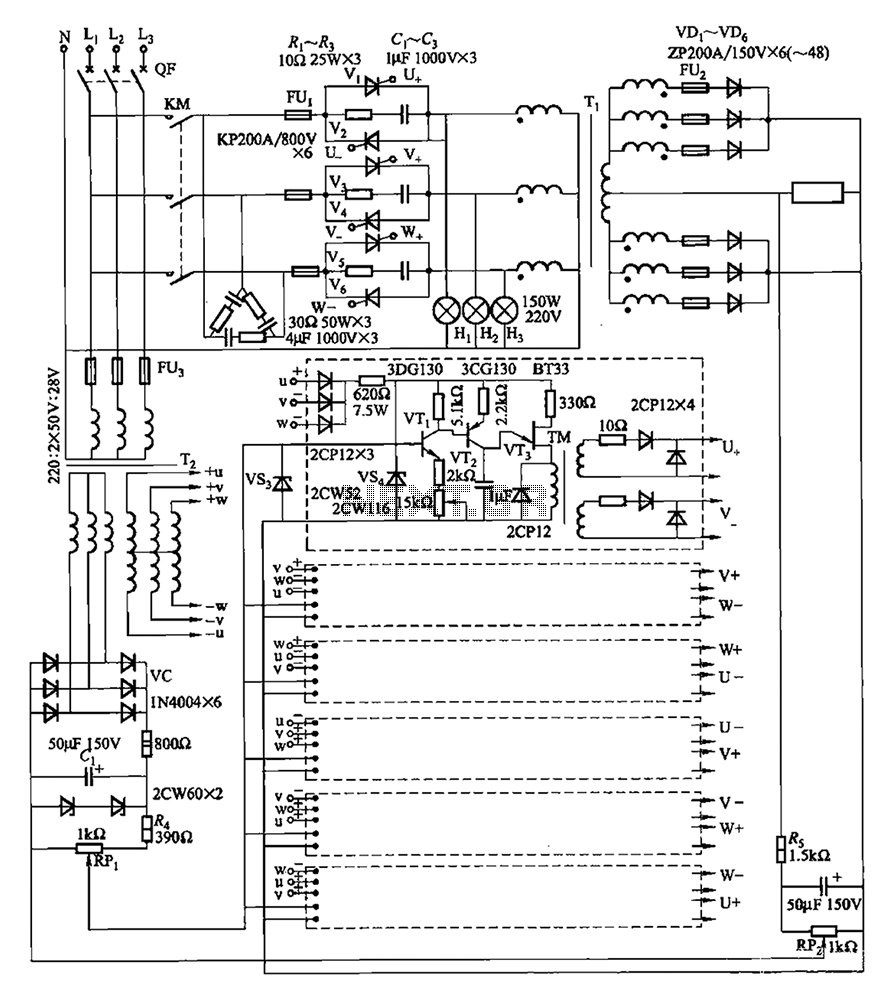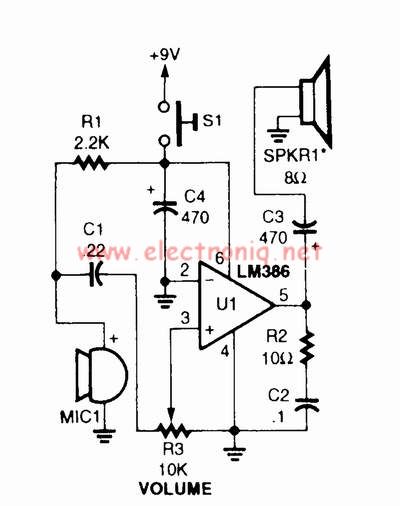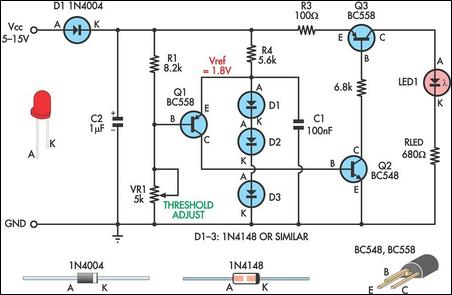
LED power supply
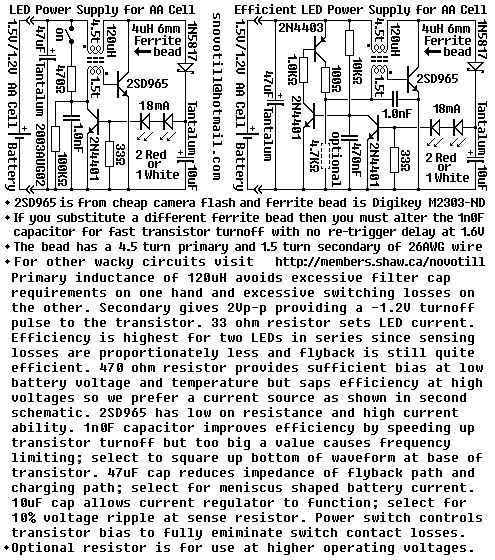
Efficiency can be increased by using a germanium transistor at the 33 ohm current sense resistor, and by using a proper torroid core in place of the crappy ferrite bead. Single AA cell powers two LEDs at constant current.
The circuit described utilizes a single AA cell to power two light-emitting diodes (LEDs) at a constant current, enhancing efficiency through specific component selection. The integration of a germanium transistor at the 33-ohm current sense resistor is crucial for optimizing the current regulation within the circuit. Germanium transistors are known for their low forward voltage drop, which allows for better performance in low-voltage applications compared to their silicon counterparts. This characteristic is particularly advantageous in battery-powered devices, as it minimizes power loss and extends battery life.
The use of a toroidal core instead of a standard ferrite bead is another significant improvement. Toroidal inductors are preferred in various applications due to their higher inductance per unit volume and reduced electromagnetic interference. This change not only improves the efficiency of the circuit but also enhances the overall stability and performance by providing better filtering and lower losses during operation.
The circuit configuration ensures that the two LEDs operate at a constant current, which is vital for maintaining consistent brightness and prolonging the lifespan of the LEDs. The current sense resistor plays a critical role in this aspect, allowing for precise monitoring and control of the current flowing through the LEDs. By maintaining a constant current, the circuit can effectively manage variations in battery voltage as the AA cell discharges, ensuring that the LEDs remain illuminated at the desired intensity.
In summary, the combination of a germanium transistor and a toroidal core in this LED circuit design significantly contributes to improved efficiency, stability, and performance, making it a suitable choice for battery-operated applications.Efficiency can be increased by using a germanium transistor at the 33 ohm current sense resistor, and by using a proper torroid core in place of the crappy ferrite bead. Single AA cell powers two LEDs at constant current.. 🔗 External reference
The circuit described utilizes a single AA cell to power two light-emitting diodes (LEDs) at a constant current, enhancing efficiency through specific component selection. The integration of a germanium transistor at the 33-ohm current sense resistor is crucial for optimizing the current regulation within the circuit. Germanium transistors are known for their low forward voltage drop, which allows for better performance in low-voltage applications compared to their silicon counterparts. This characteristic is particularly advantageous in battery-powered devices, as it minimizes power loss and extends battery life.
The use of a toroidal core instead of a standard ferrite bead is another significant improvement. Toroidal inductors are preferred in various applications due to their higher inductance per unit volume and reduced electromagnetic interference. This change not only improves the efficiency of the circuit but also enhances the overall stability and performance by providing better filtering and lower losses during operation.
The circuit configuration ensures that the two LEDs operate at a constant current, which is vital for maintaining consistent brightness and prolonging the lifespan of the LEDs. The current sense resistor plays a critical role in this aspect, allowing for precise monitoring and control of the current flowing through the LEDs. By maintaining a constant current, the circuit can effectively manage variations in battery voltage as the AA cell discharges, ensuring that the LEDs remain illuminated at the desired intensity.
In summary, the combination of a germanium transistor and a toroidal core in this LED circuit design significantly contributes to improved efficiency, stability, and performance, making it a suitable choice for battery-operated applications.Efficiency can be increased by using a germanium transistor at the 33 ohm current sense resistor, and by using a proper torroid core in place of the crappy ferrite bead. Single AA cell powers two LEDs at constant current.. 🔗 External reference
